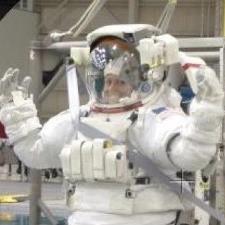
Durva P.
asked • 06/11/19What is the hypothesis for this procedure?
1. Measure the length of a table, the length of the room that table is in, and also the width of the room that the table is in. Make all of the initial measurements in centimeters (cm). Record all of these measurements on your data table. Convert each cm measurement to both meters (m) and kilometers (km). Be sure to show an example of your calculations under the data table. In other words, you must show how you completed one set of calculations (the length of the table, the length of the room, or the width of the room). You do not need to show the calculations for all nine conversions, only one set, or three conversions.
2. Pour water into two different sized cups. The exact amount is not important, but about 3/4 full is best. Pour the water from one cup into a measuring cup and measure the volume in milliliters (mL). Pour that water down the sink. Now pour the water from the second cup into the measuring cup and measure its volume in mL. Record each of these measurements in the data table. Convert each volume to liters (L) and cubic centimeters (cm3) and record these in the data table as well. Remember to show your work for one set of calculations under the data table.
3. Mass the following items on a bathroom scale: telephone book, two liter bottle or gallon of milk, and a large pot or pan. Record each mass in pounds, then convert each to kilograms and grams. Remember to show your work for one set of calculations under the data table.
1 Expert Answer

Kalimah F. answered • 06/14/19
Experienced and patient Chemistry tutor
The instructions provided do not fall into the traditional experiment structure so this is more of an investigation that allows you to experiment different measurement techniques. Therefore the questions would be something along the lines of "How can we use the metric system to determine various quantities?" and the hypothesis: "If we use a ruler, measuring cylinder, and mass balance, we can determine the measurements of various substances in metric units."
Still looking for help? Get the right answer, fast.
Get a free answer to a quick problem.
Most questions answered within 4 hours.
OR
Choose an expert and meet online. No packages or subscriptions, pay only for the time you need.





Holly A.
06/12/19